 For me it’s a fun and fulfilling process to make metal bend in elegant circular shapes that blacksmiths refer to as scrolling. It’s also quite an art, to scroll freehand and actually make a nice looking scroll. It takes practice and a good eye. If a person does not have a good eye then all is lost.
For me it’s a fun and fulfilling process to make metal bend in elegant circular shapes that blacksmiths refer to as scrolling. It’s also quite an art, to scroll freehand and actually make a nice looking scroll. It takes practice and a good eye. If a person does not have a good eye then all is lost.
There are different ways to forge scrolls. What is more natural for me is to scroll over the face of the anvil. I learned this way first from the head blacksmith at The Crucible which is the smithy that I forge in and I did it intensively so it’s no wonder that it comes more naturally. Another common method is to begin the scroll over the horn. In the picture to the left are pieces that I made jigs from meaning that they were templates for what I wanted to use to bend my smaller round stock around so that each piece is similar to the next. These pieces were cut and had bases welded to them so that they would fit into a vise. That’s the other way to make a scroll but you still have to start out by tapering the ends to have a nice finish and I begin my scrolls manually, over the edge of my anvil before bending around the jig. I’ve become quite good at this and for me the objective is to always have my pieces match in a set. Some artisan blacksmiths who scroll by hand use scrolling forks but I only use these to manipulate a curve without having to flatten out the piece and re-do the scroll.
The day I saw my husband look surprised and impressed with my pieces was the day that I knew that I had it down. He’s not one to give out compliments that are not deserved especially when it comes to anything that’s related to his realm in the world of tools and and building.
When I first started working in metal a couple years ago I didn’t “get it” right away and I knew the reason was because I did not work with tools as a younger person. The first blacksmith that I worked under (who runs the forge at Ardenwood Historical Ranch in Fremont) taught me to think of the iron as clay. Try to imagine pinching clay to bend in ways that you need it to bend and then position your metal on the anvil in the ways that will allow you to best impact your piece with a minimum of moves.
The big obvious difference between moving metal and manipulating clay is the fact that the metal is hot. If you have to figure out where to make your next hit you cannot really touch the metal unless it’s cooled and I don’t quench my rods in water until I’m finished so instead of touching I recommend try to visualize or draw your piece out on the floor in chalk and “touch” it that way. As silly as it sounds, it works!

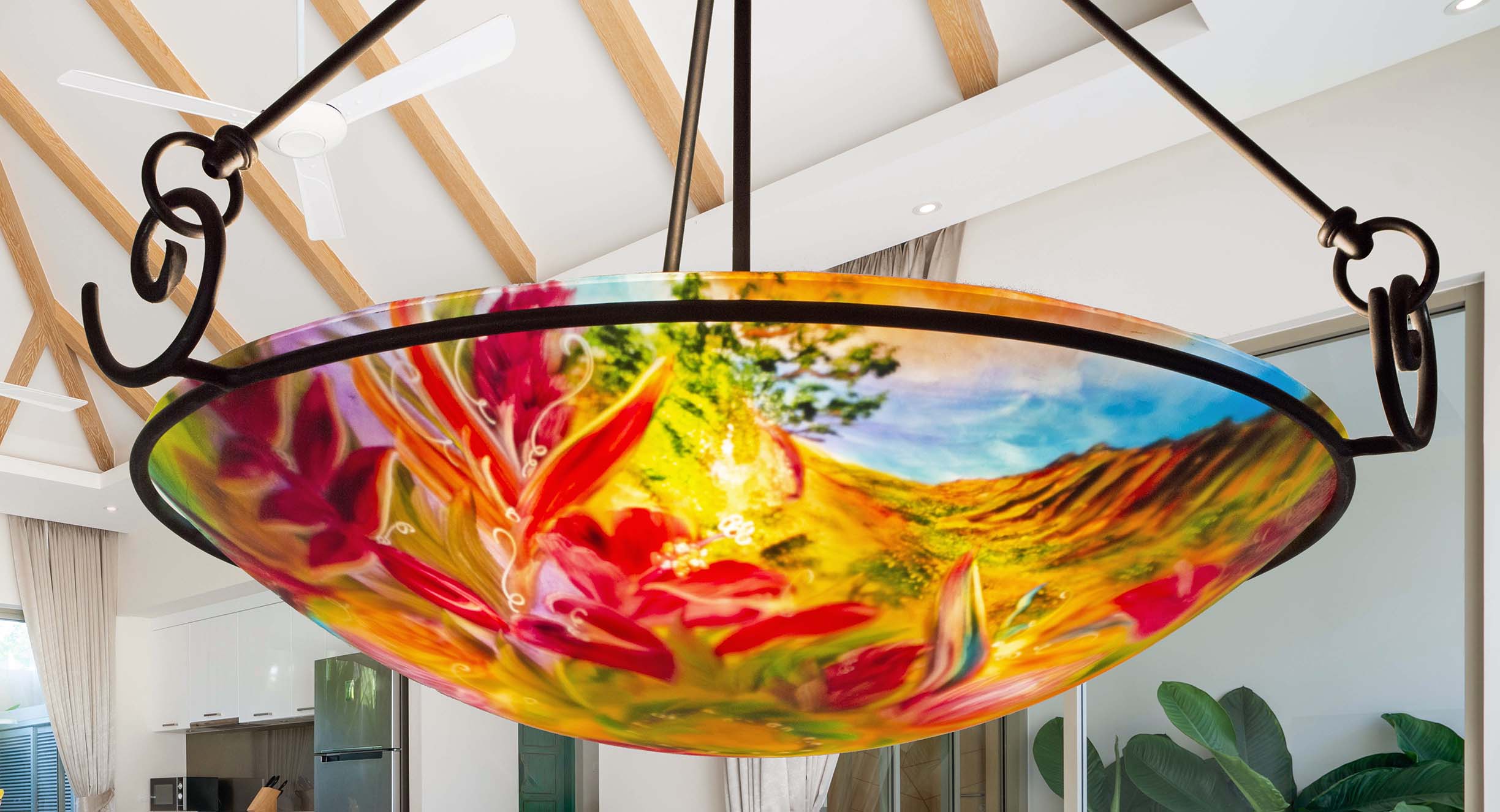
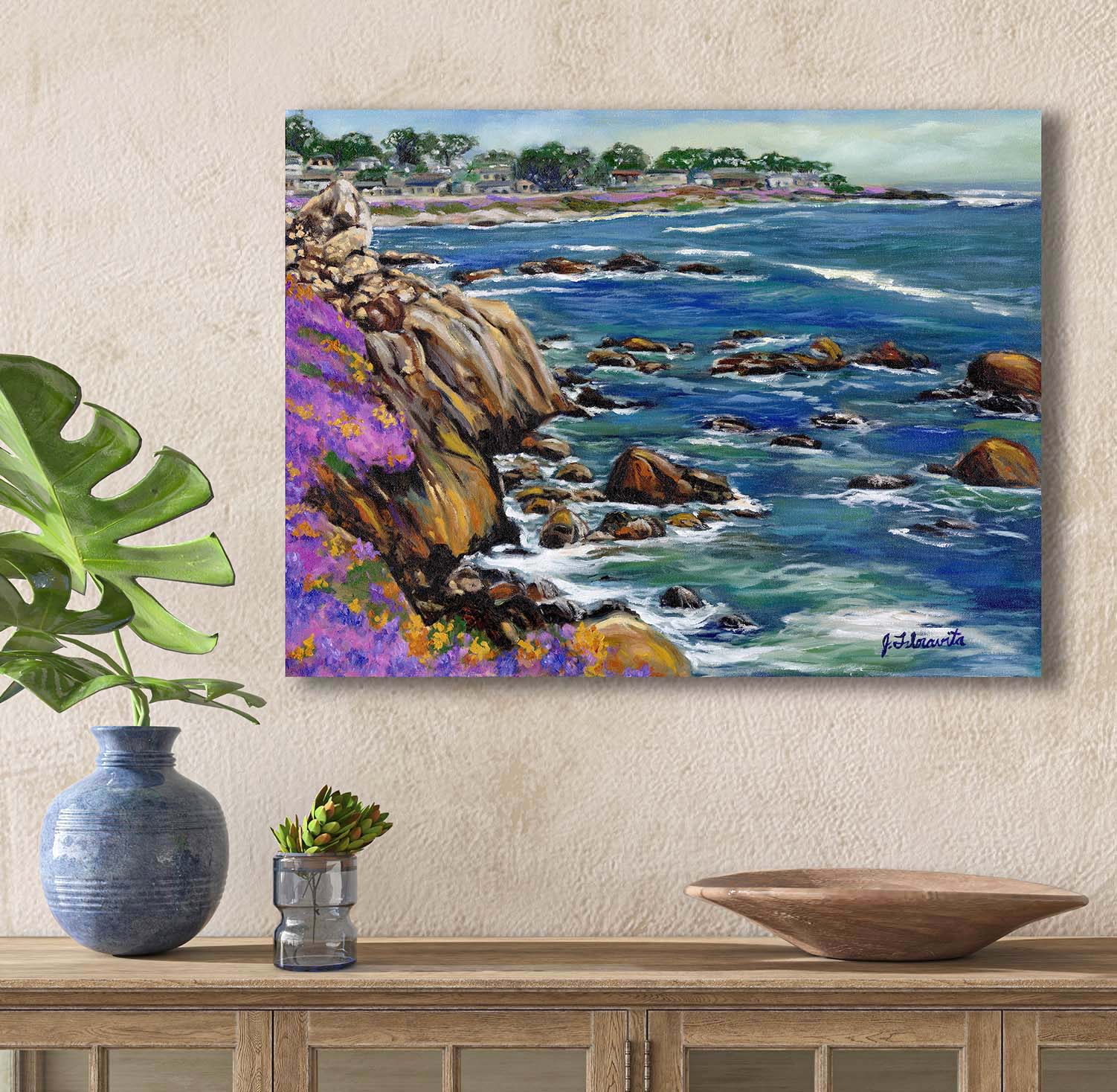
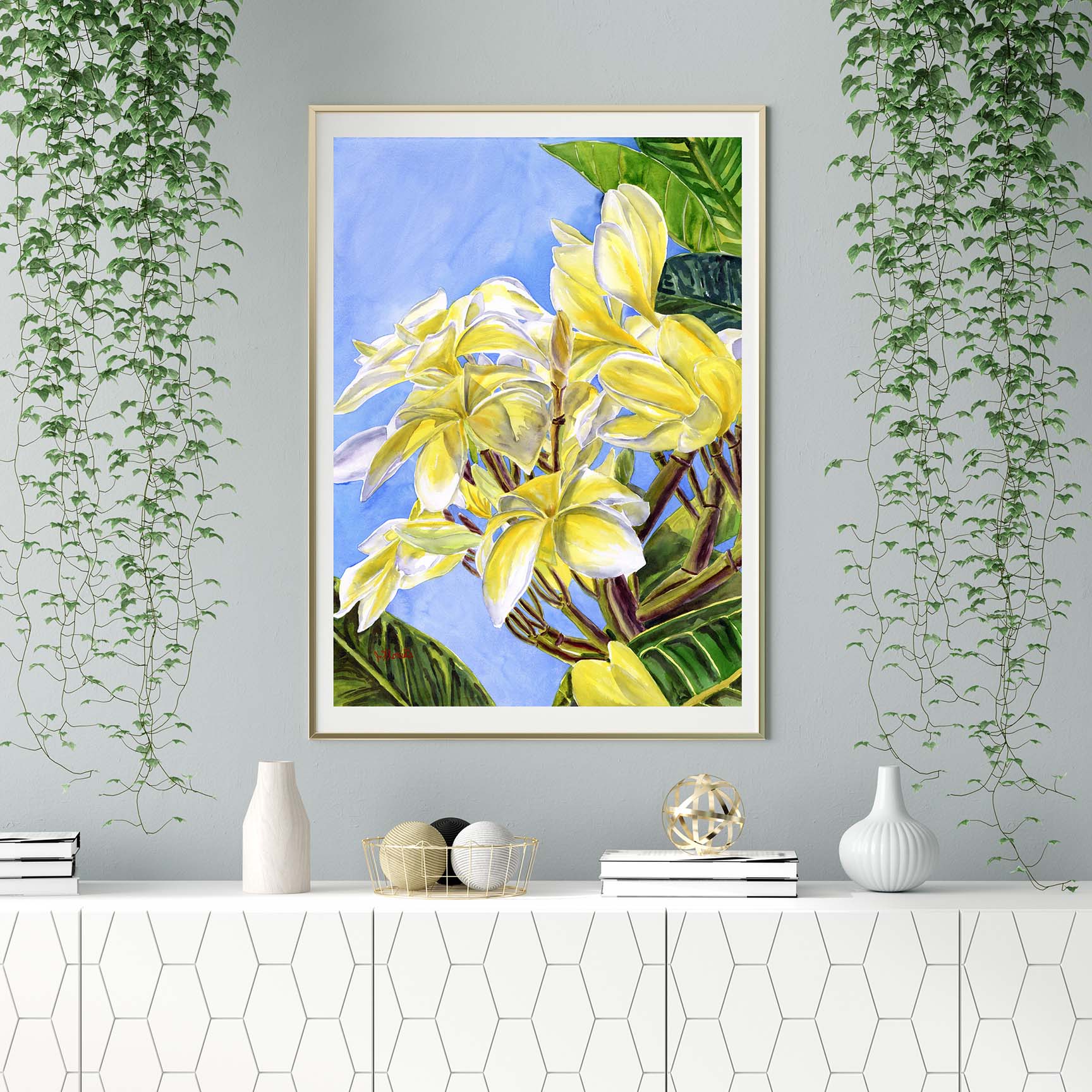
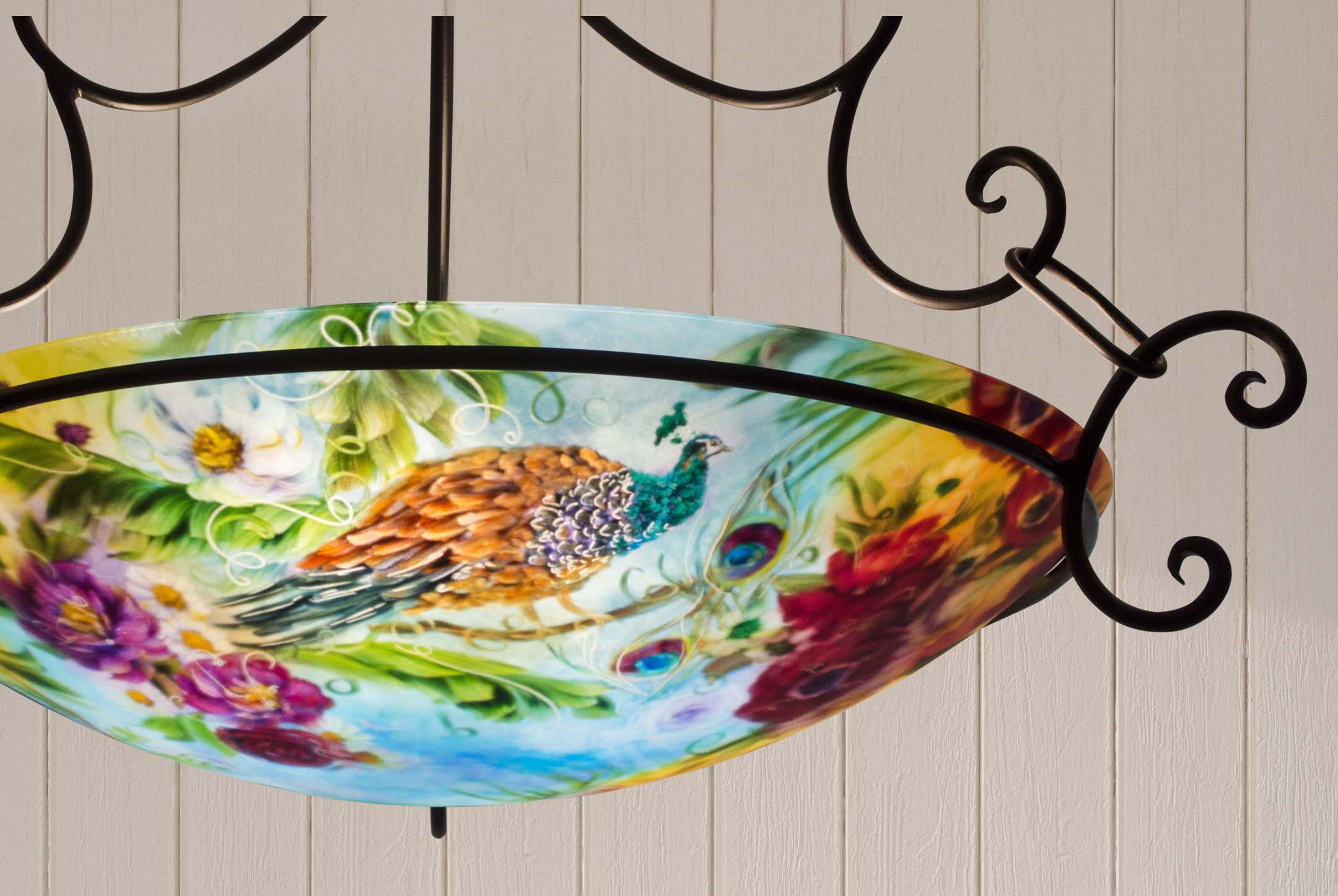
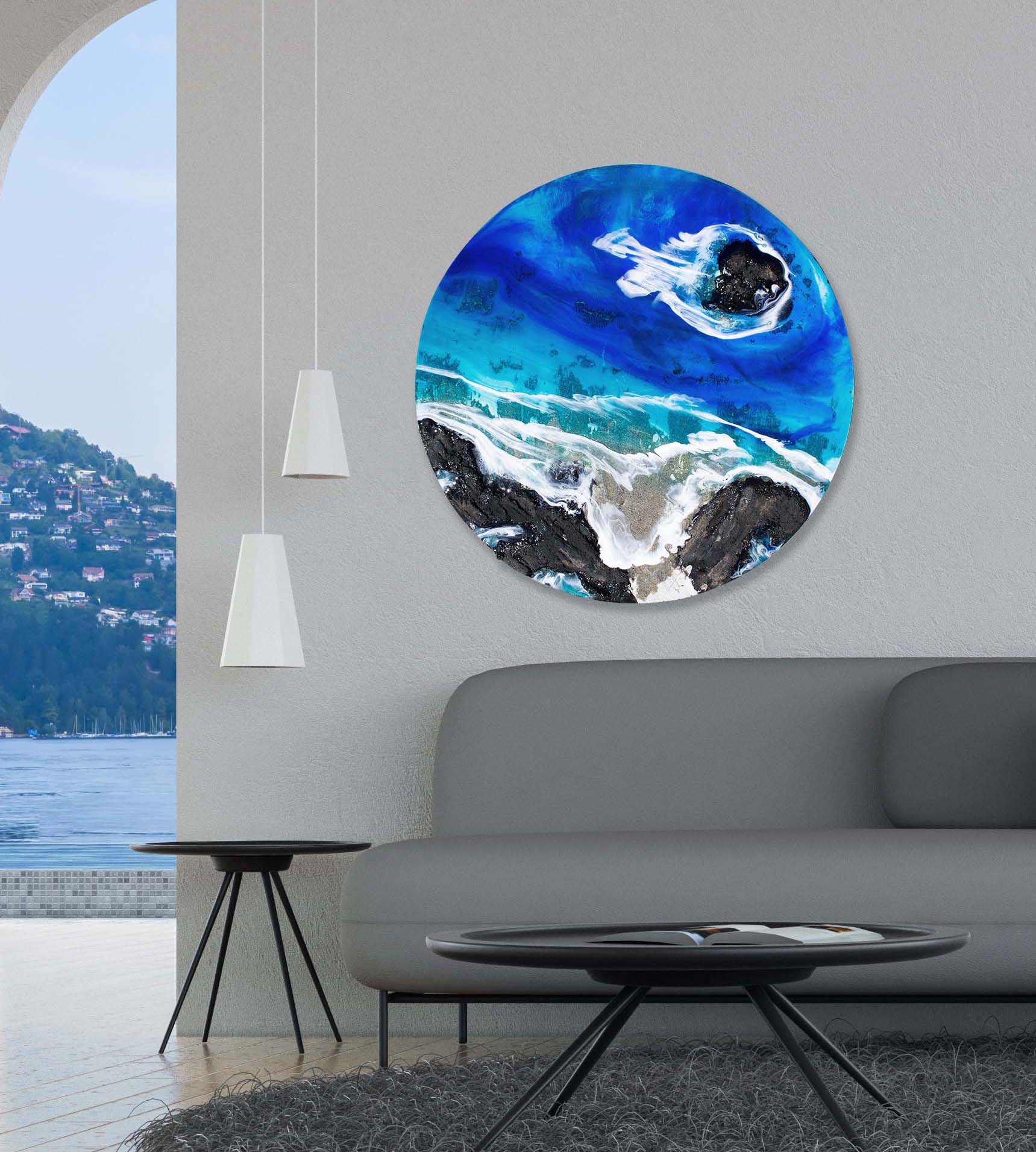


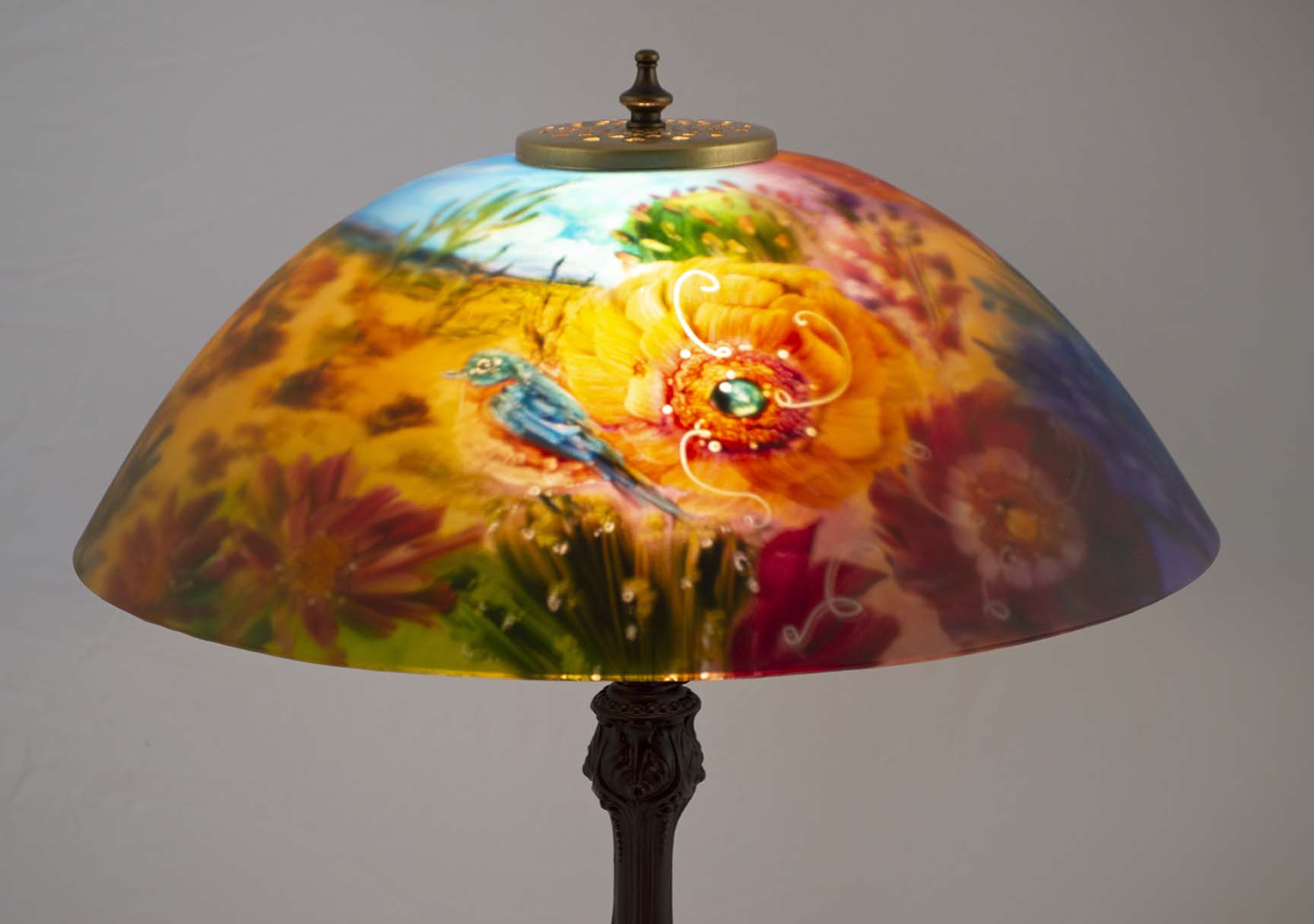

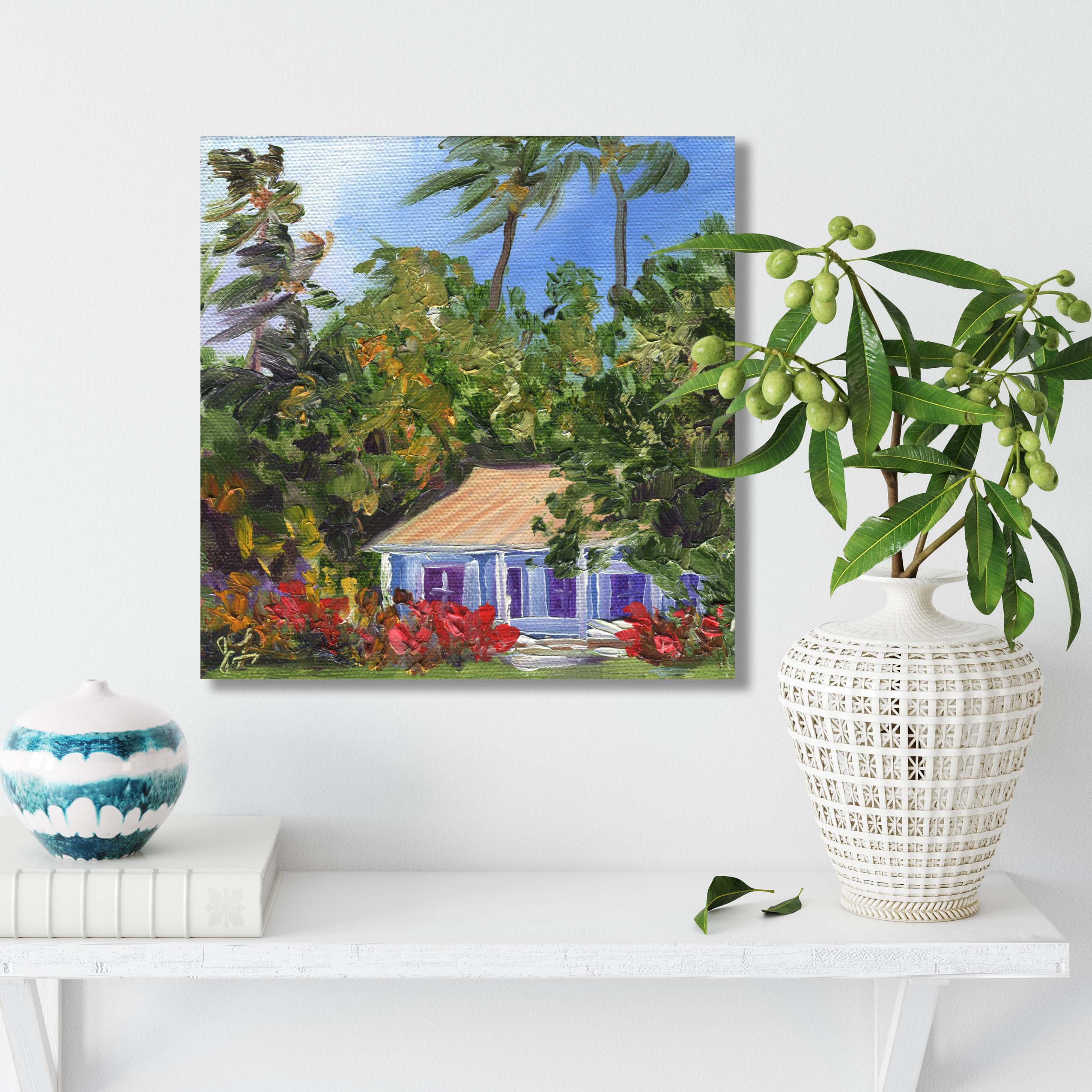
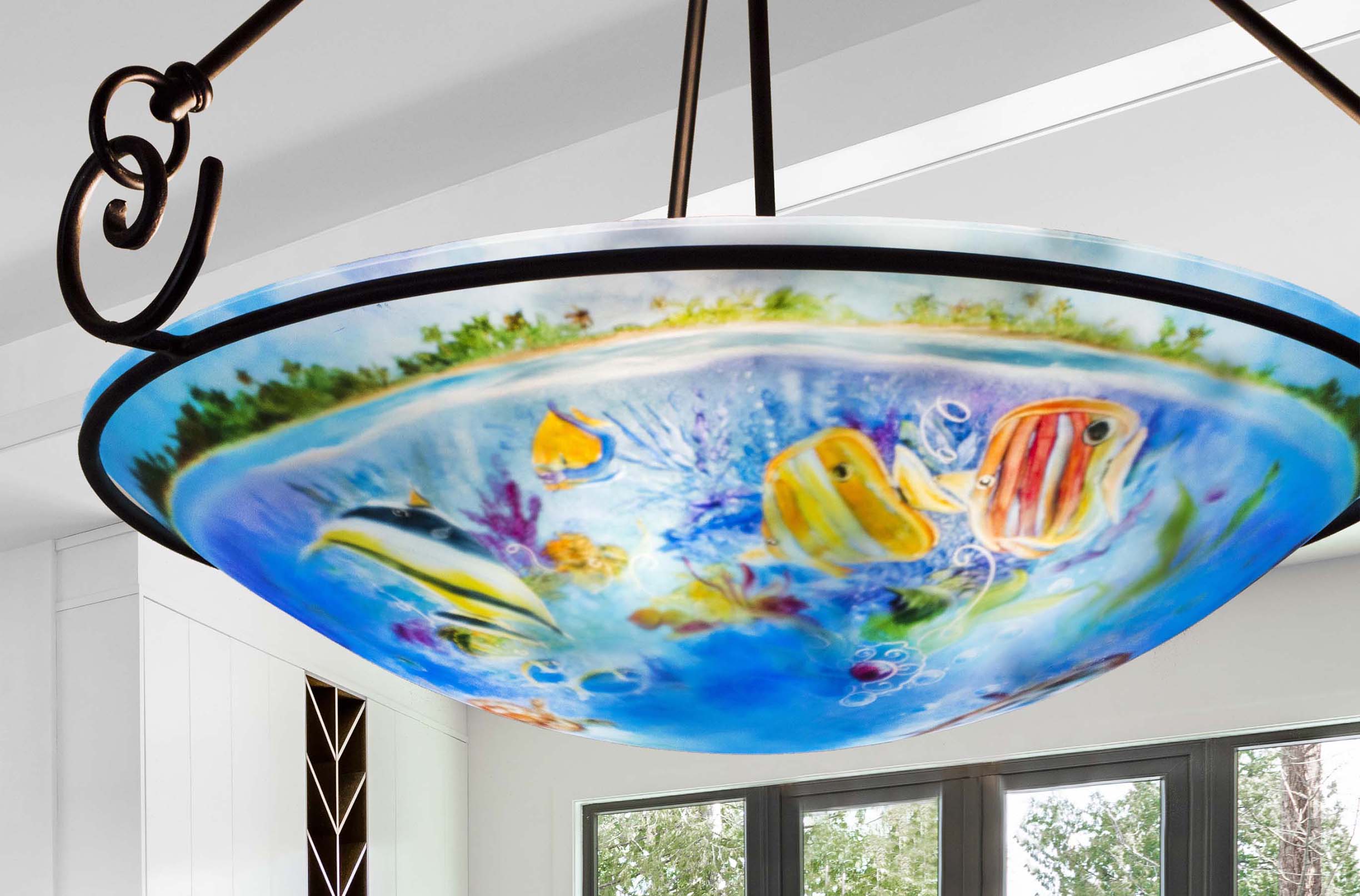

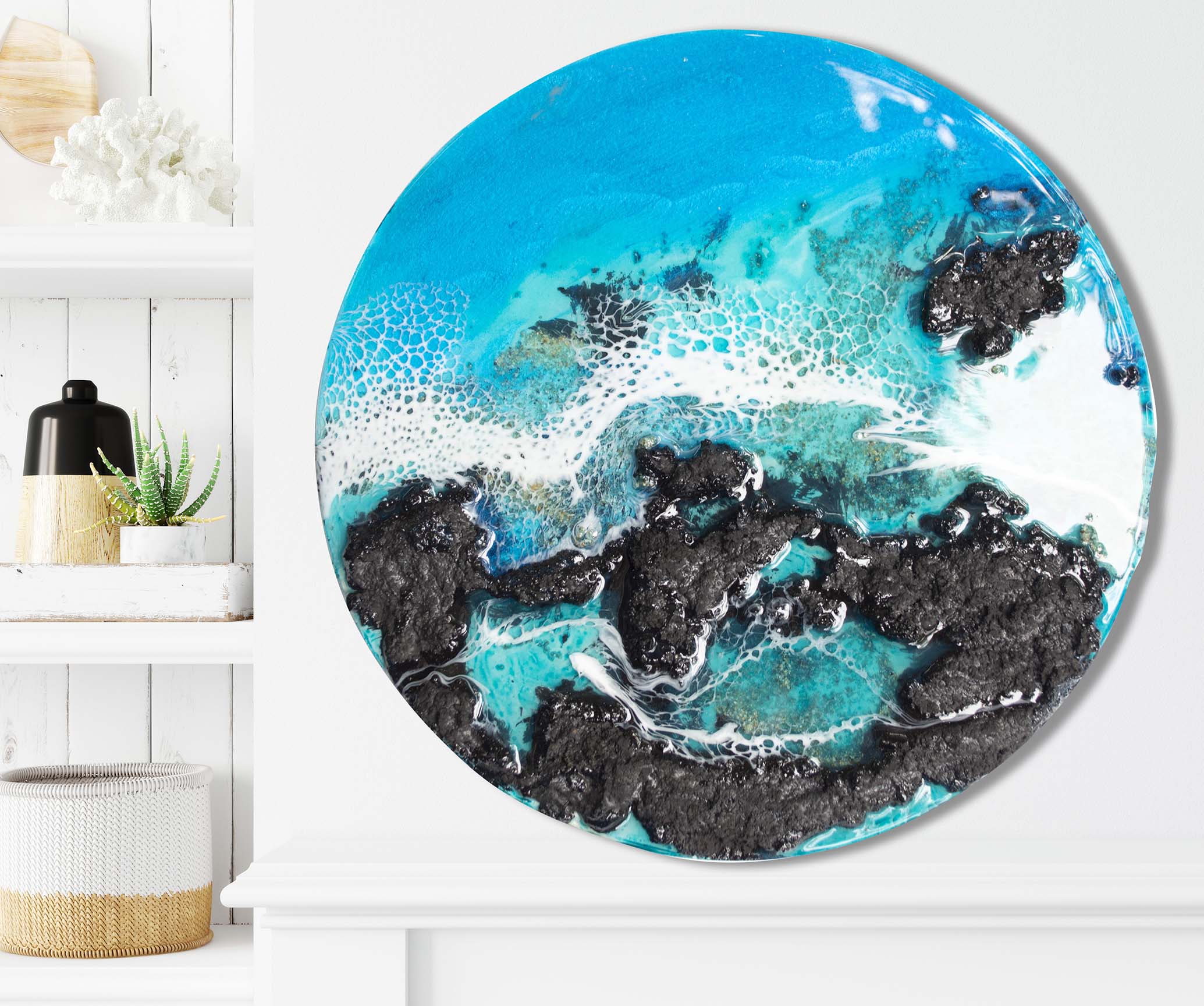

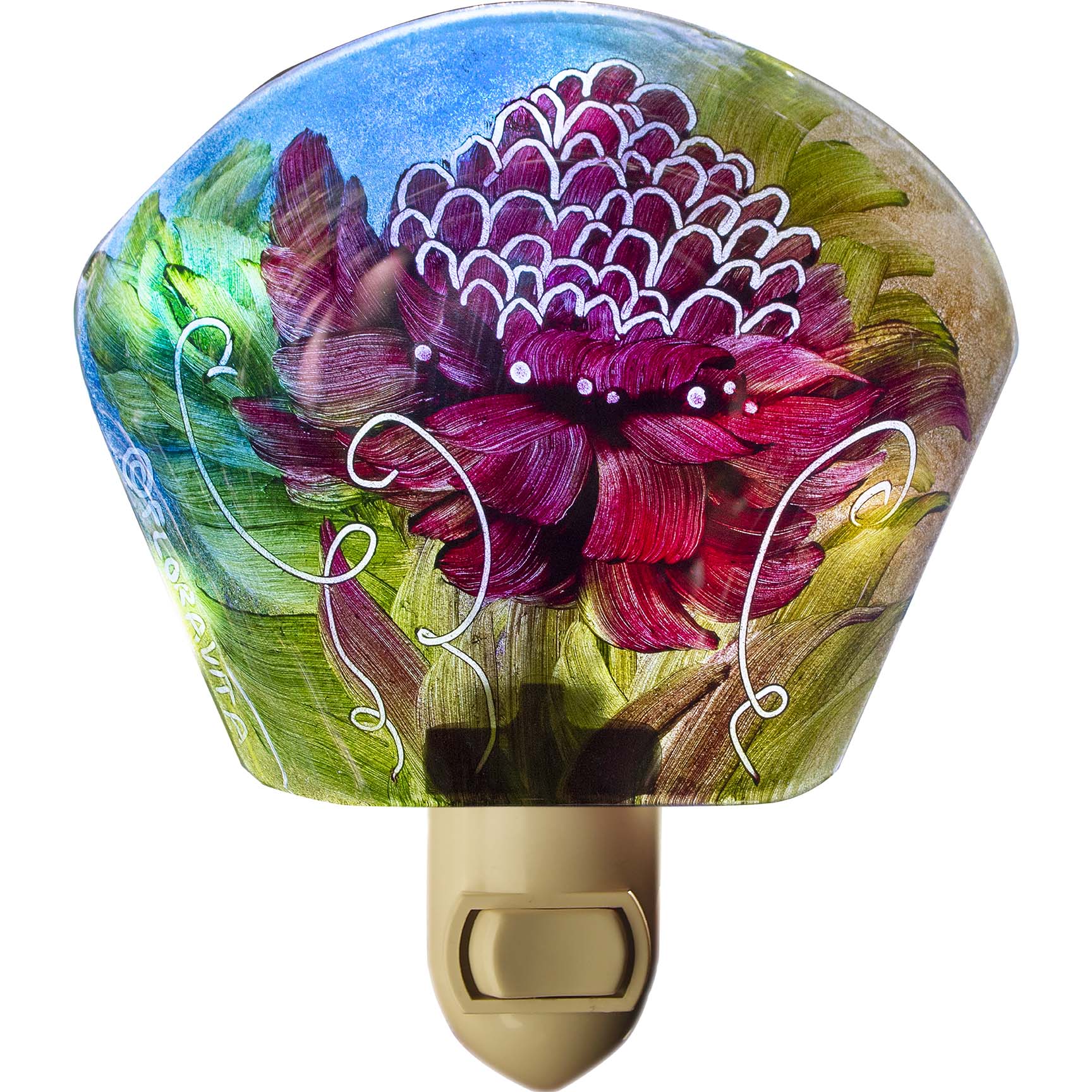
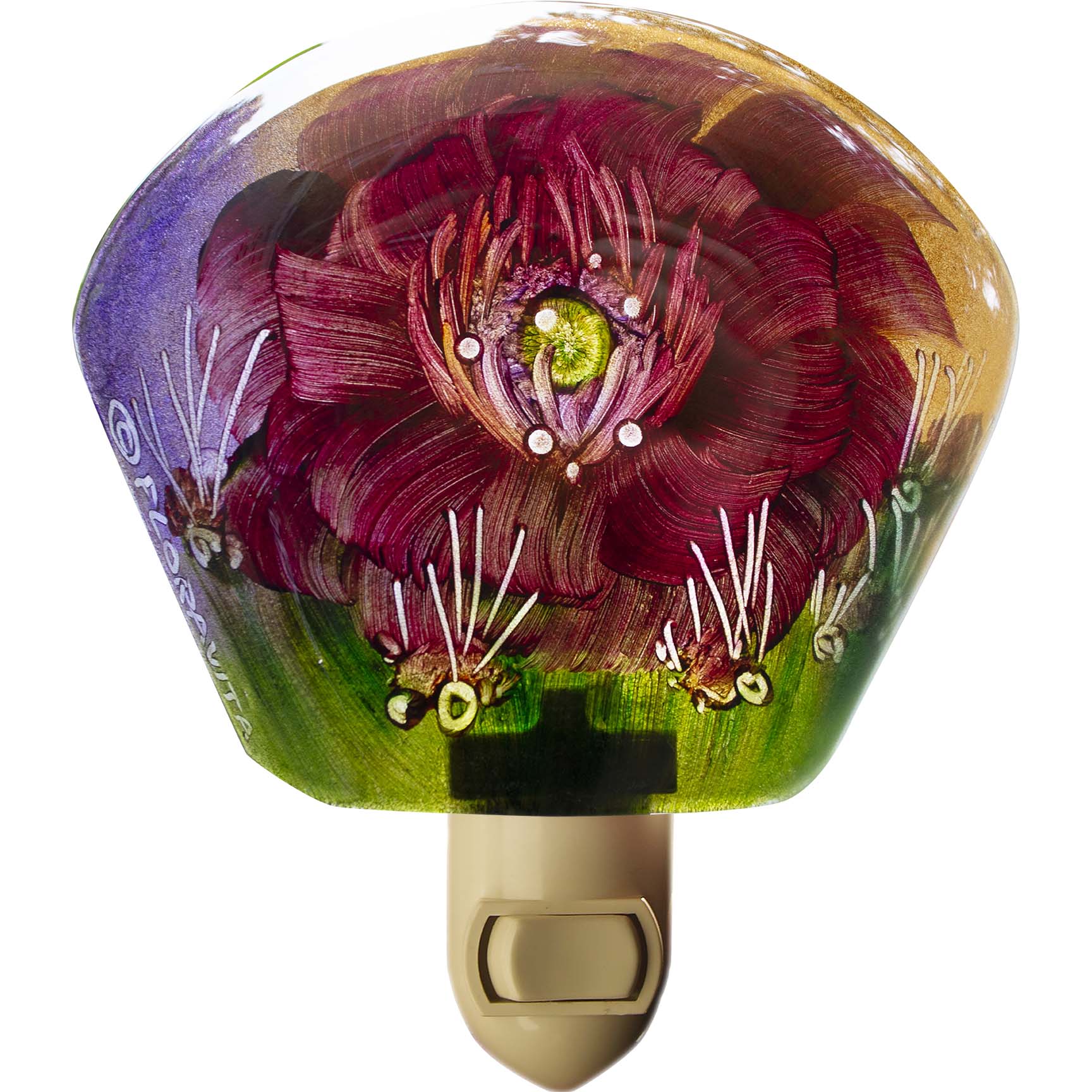
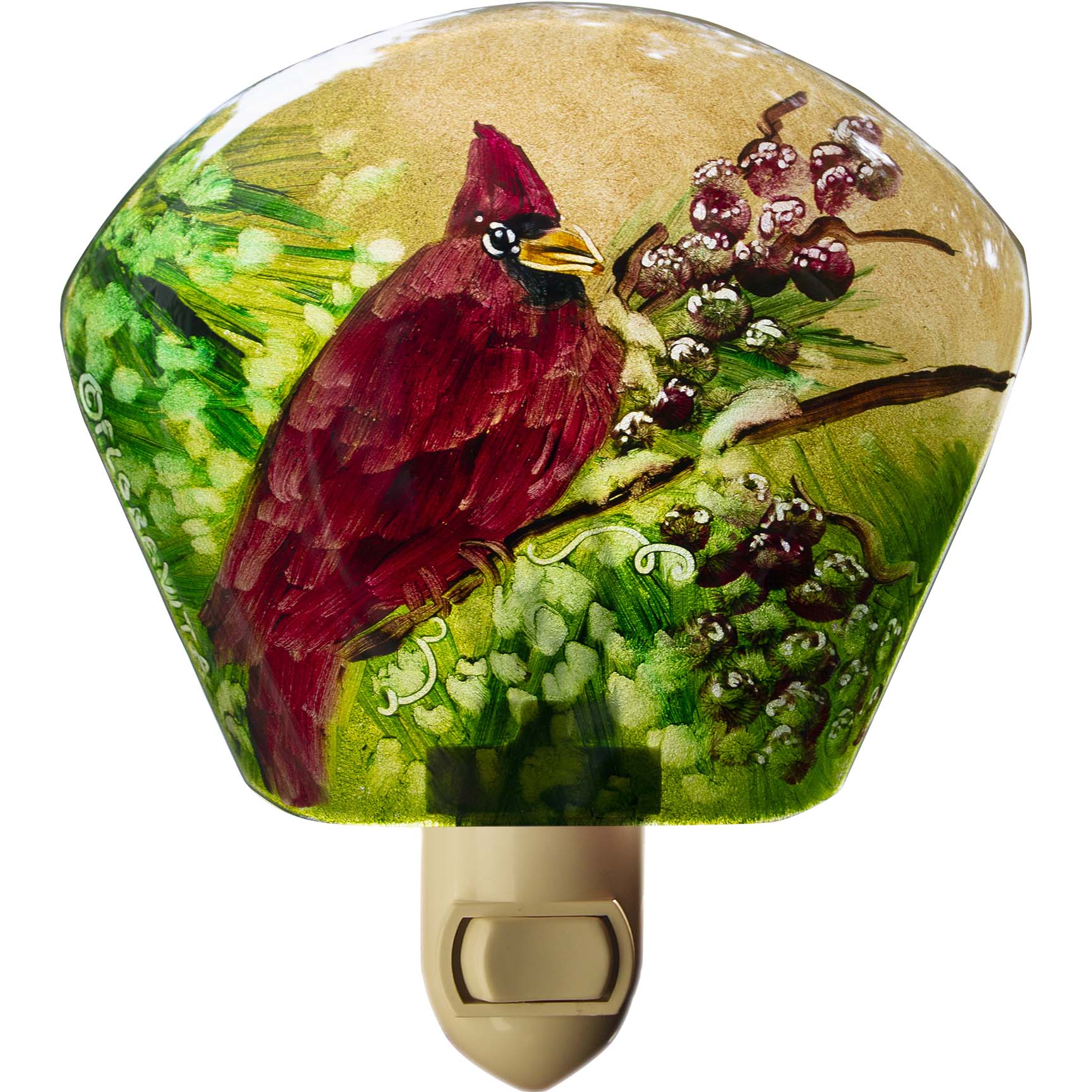
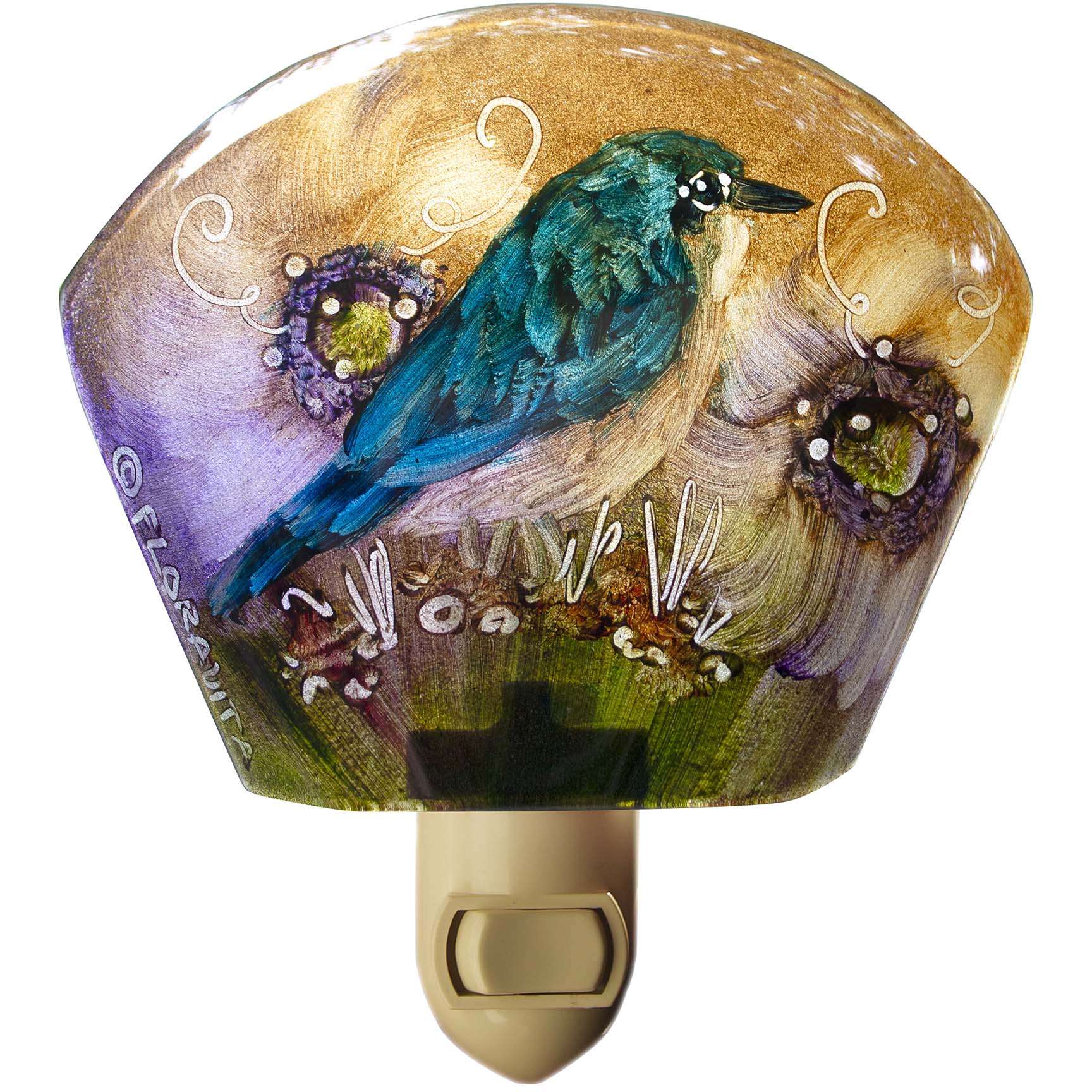
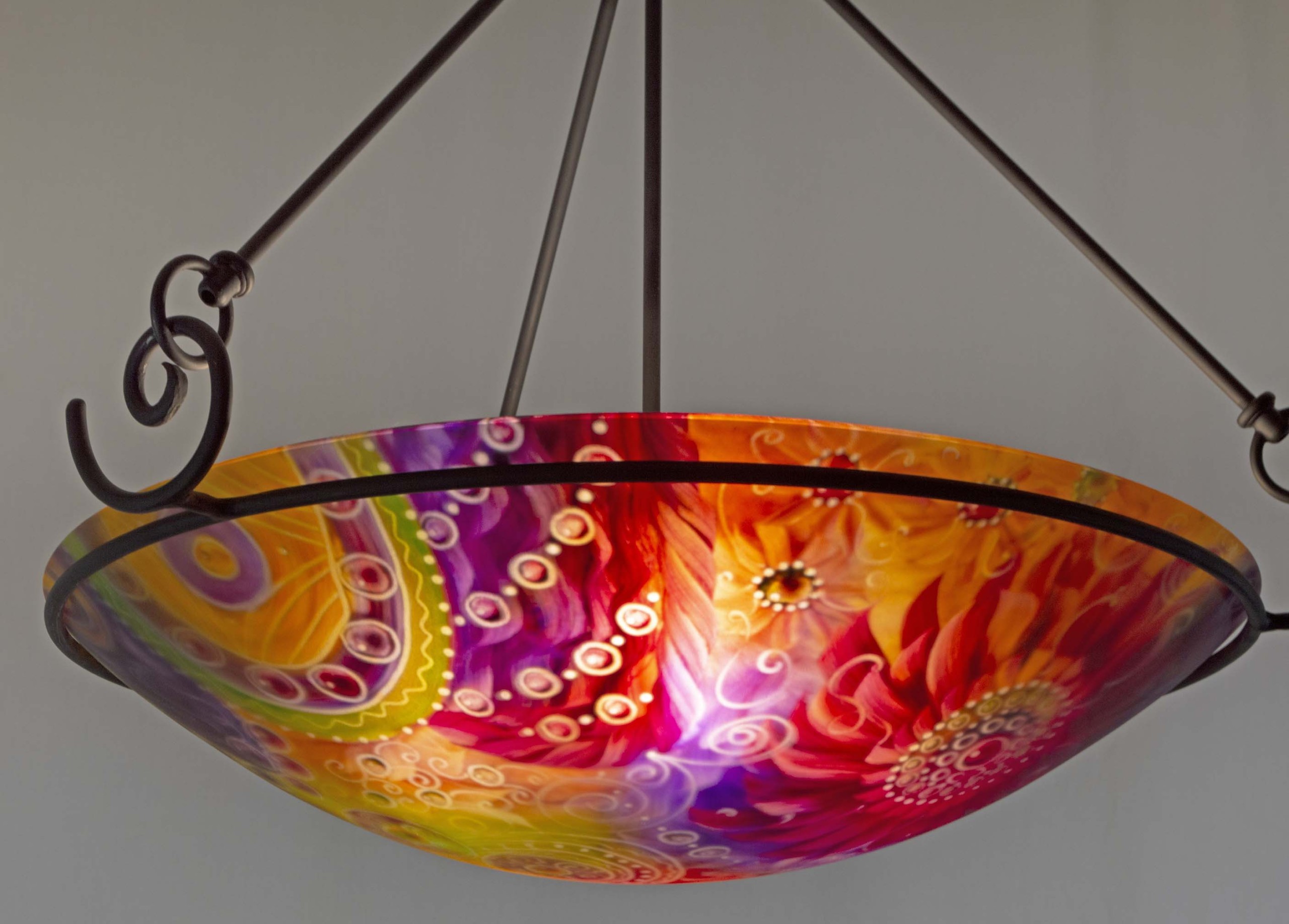
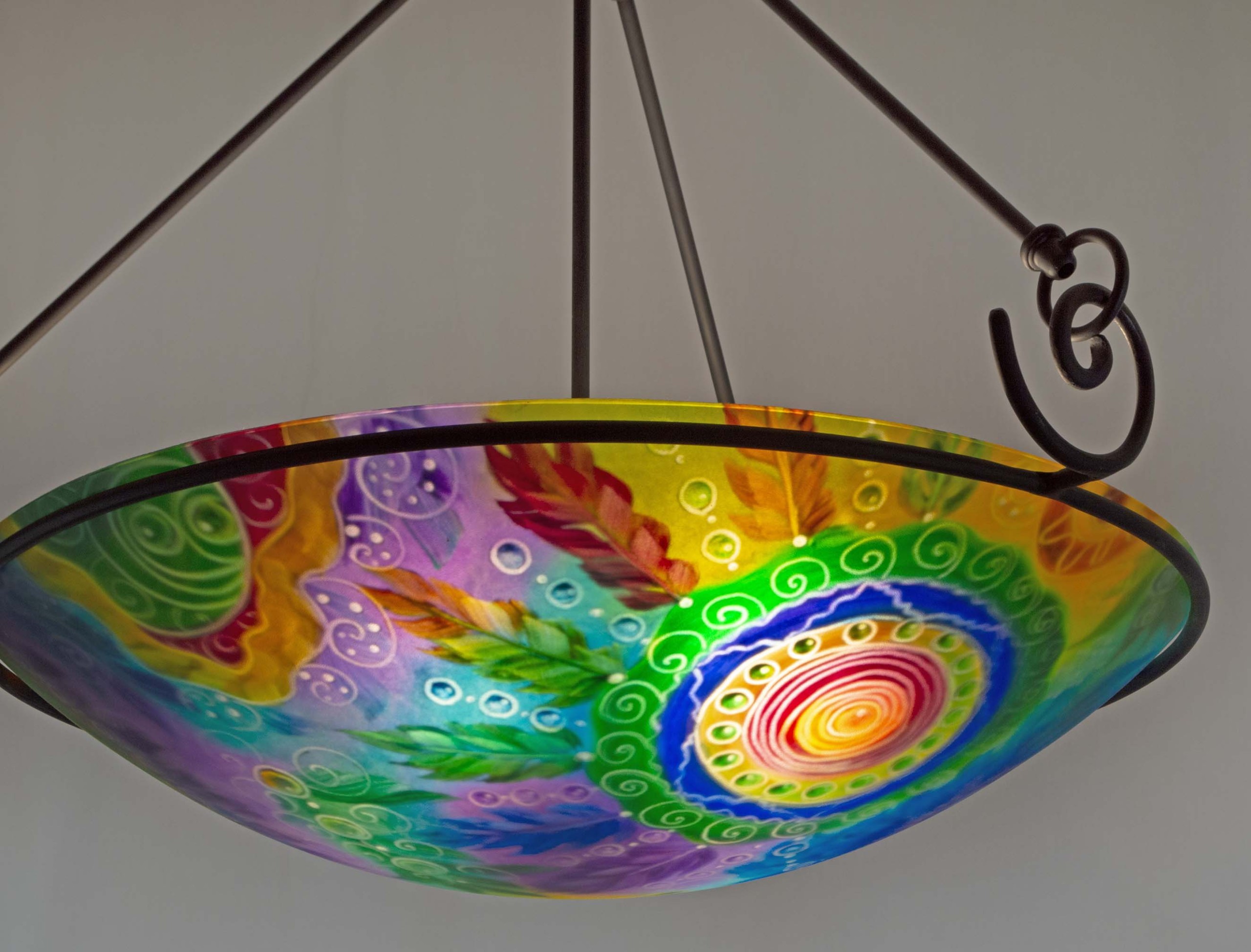
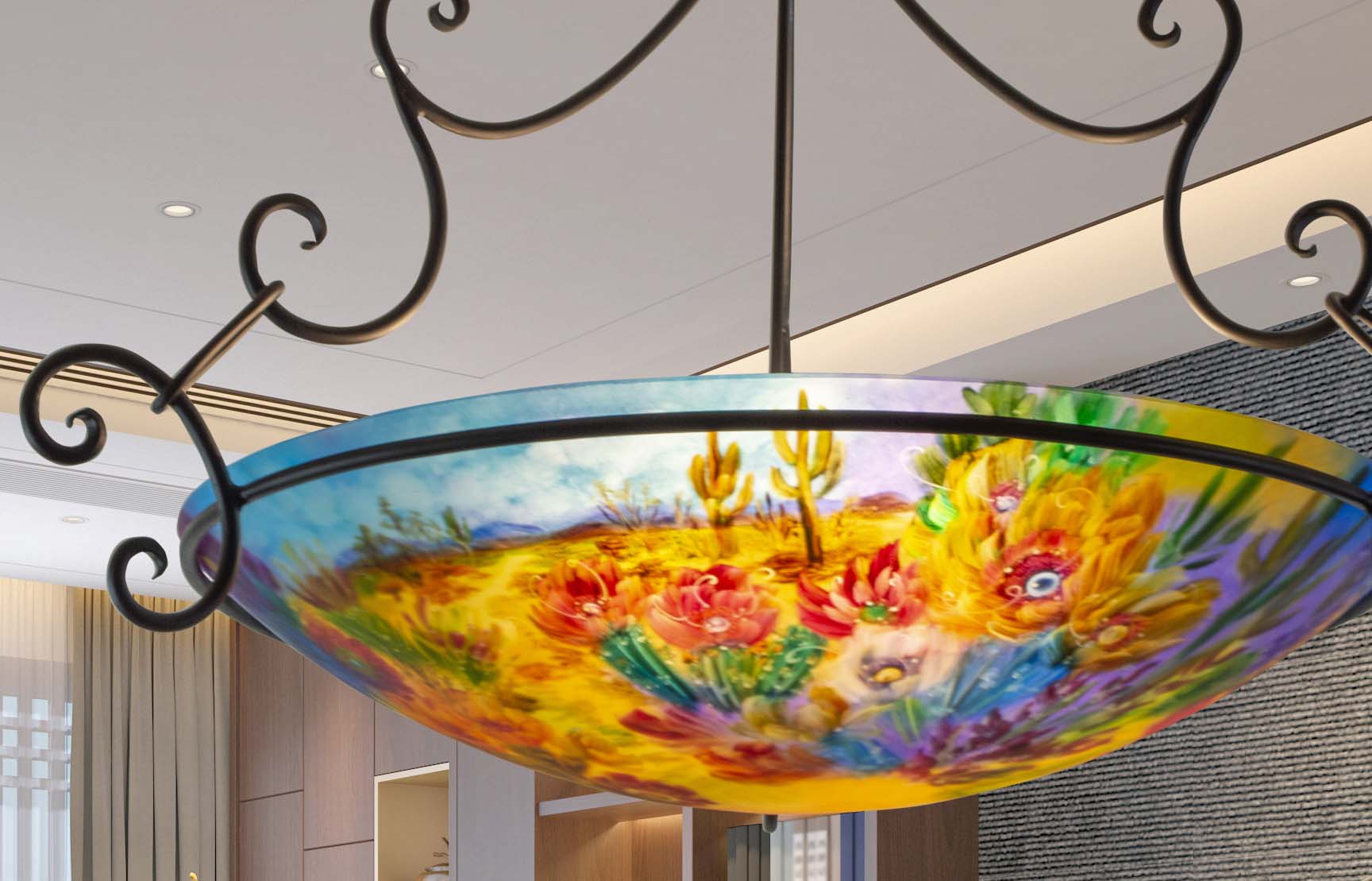


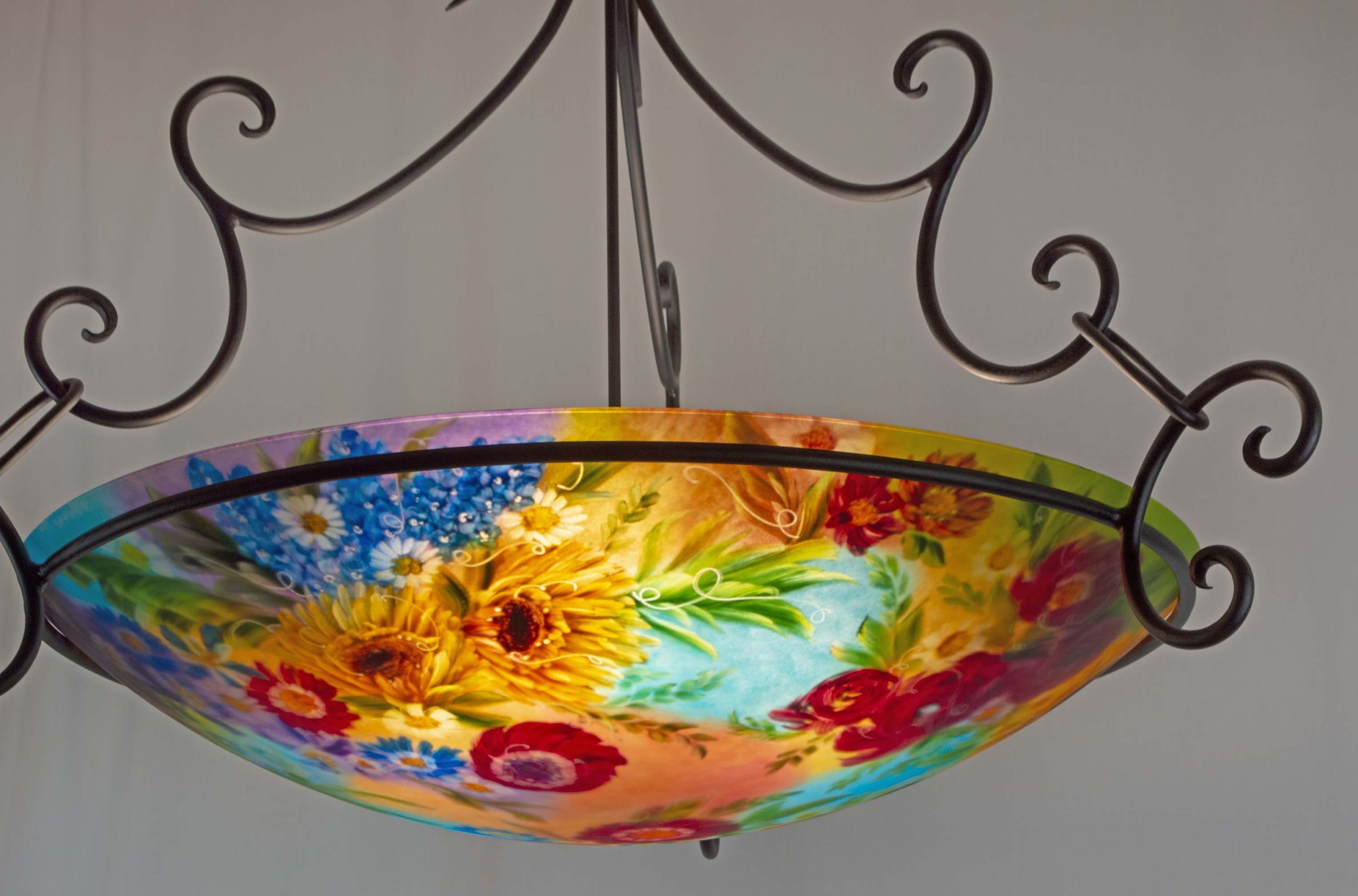

Leave A Comment